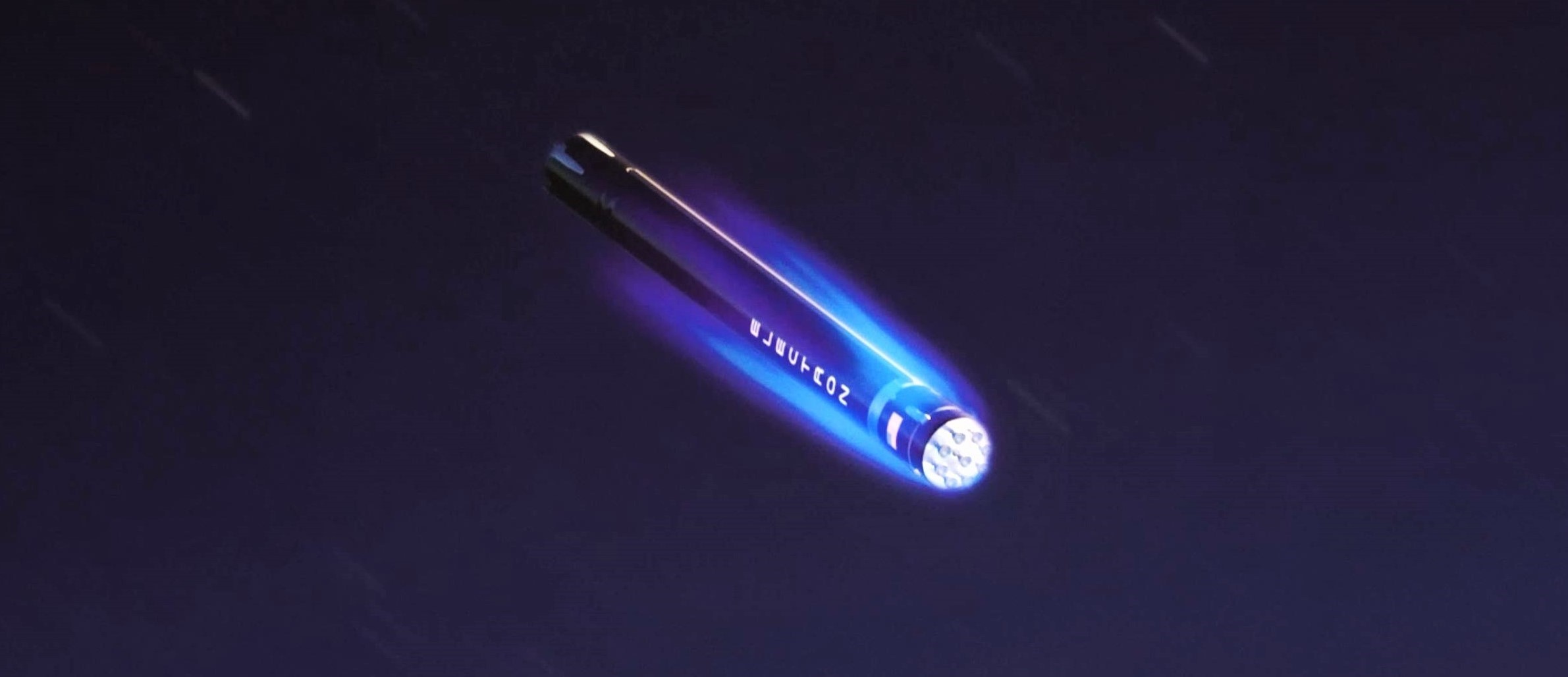

News
Rocket Lab’s first step towards SpaceX-style rocket reuse set for next Electron launch
Just over a year ago, Rocket Lab announced intentions to recover the first-stage of its small Electron launch vehicle, potentially making it the second private company on Earth – after SpaceX – to attempt to recover and reuse an orbital-class rocket.
In a media call earlier this week, Rocket Lab founder and CEO, Peter Beck, revealed that the first recovery attempt has been expedited to mid-November and will occur following the next flight of Rocket Lab’s Electron rocket.
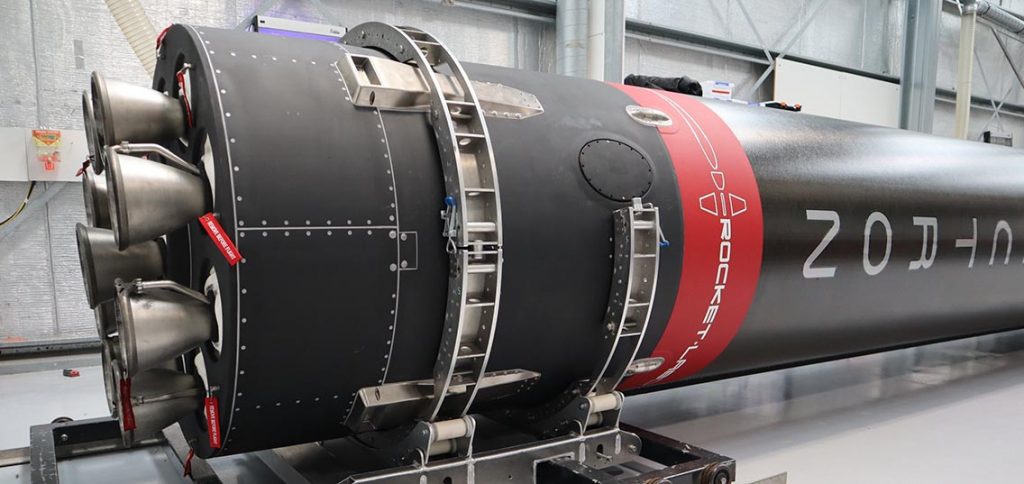
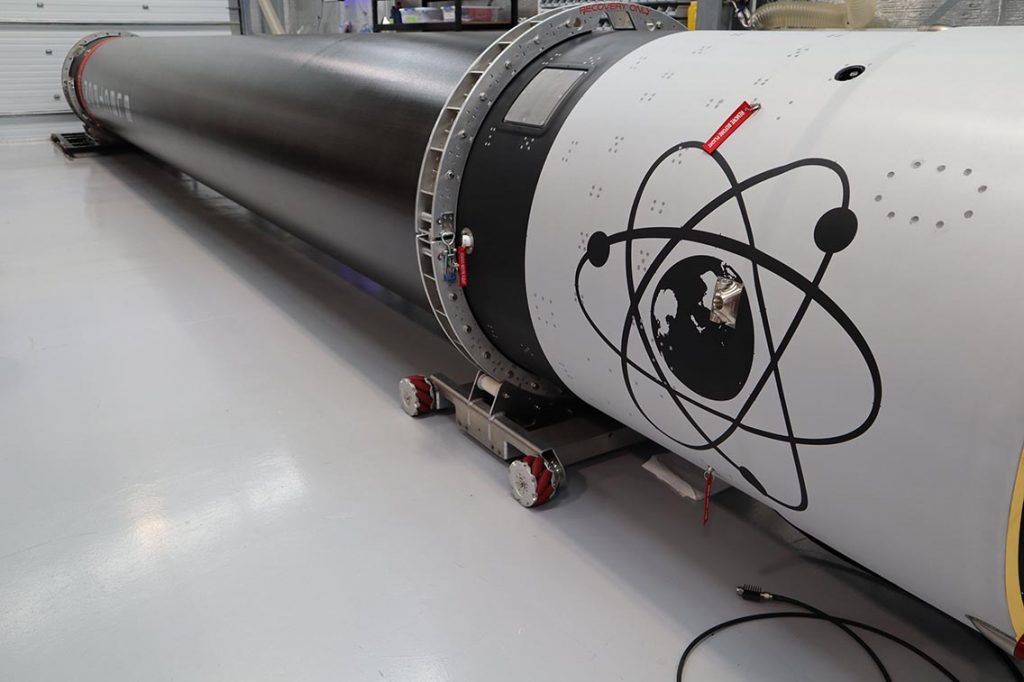
Like competitor SpaceX, Rocket Lab aims to recover its first stage Electron booster to decrease production time and increase launch cadence. Rocket Lab now has three launchpads to launch from and is licensed by the Federal Aviation Administration to carry out up to 130 launches per calendar year. In order to increase the launch cadence of the Electron, production times need to decrease. This can effectively be accomplished with the recovery, refurbishment, and reuse of the small, carbon composite rocket booster.
Recovery Doesn’t Happen Overnight
Initially, the first step of recovering an expended first stage – a guided and controlled soft water landing under a parachute and retrieval by sea-vessel – was intended for the seventeenth launch of the Electron prior to the end of this calendar year. However, Rocket Lab is now targeting the sixteenth launch for the first recovery attempt, a mission appropriately nicknamed “Return to Sender.” When asked what prompted the move to an earlier launch, Beck stated to reporters, “the guys got it done in time. With a new development like this, it’s always very dependent on how the program runs and the program ran very successfully.”
Rocket Lab has been working toward this recovery attempt for quite some time. In late 2018, Rocket Lab began collecting data during launches to inform future recovery efforts and determine whether or not it would even be feasible with a small-class rocket. The first major block upgrade of the Electron booster debuted on the tenth flight, “Running Out of Fingers,” in December 2019.
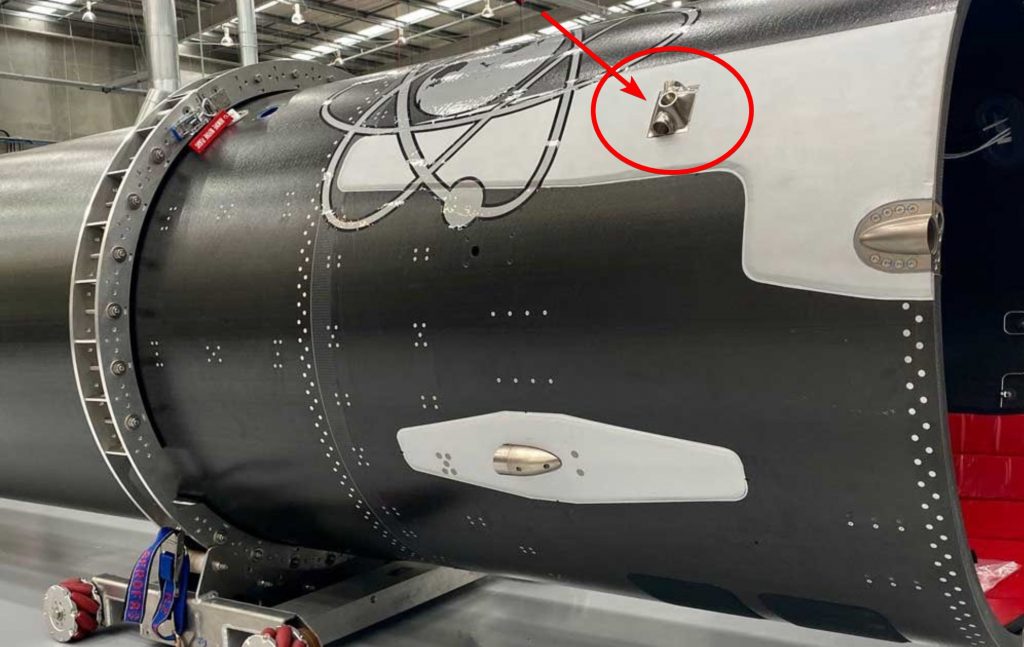
The first recovery milestone, a task Beck called getting through “the wall,” was achieved following the tenth flight. And again in January 2020 following a successful eleventh flight of Electron. The “wall” Beck refers to is the Earth’s atmosphere. Returning a booster through the atmosphere intact requires extreme precision in terms of re-entry orientation and how efficient the heat shield is.
Because the Electron is a small-class rocket, Rocket Lab was able to collect enough data from previous flights to determine that the carbon composite frame could withstand a fall through the atmosphere given a precise enough angle of attack to sufficiently distribute thermal loads. According to Beck, the process is referred to as an “aero thermal decelerator.”
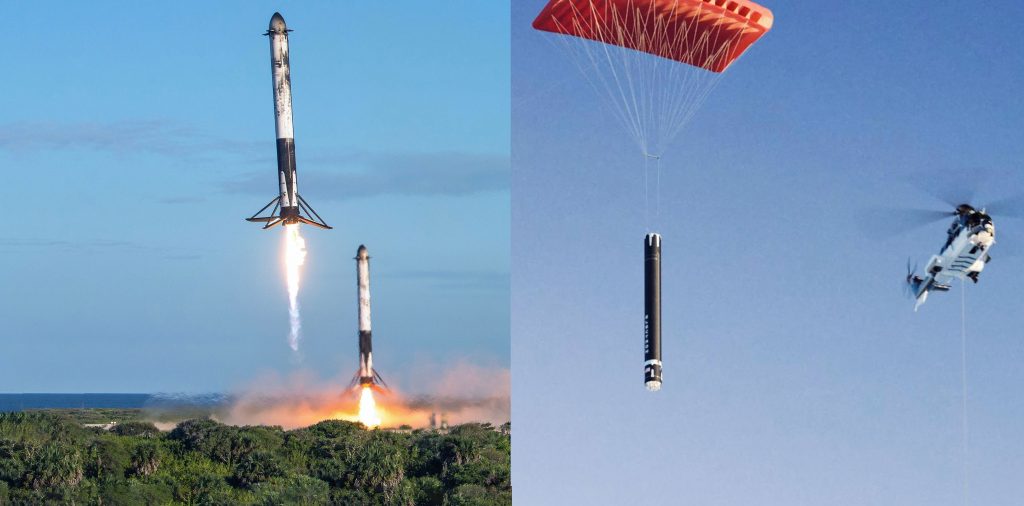
Small Rocket Following in Big Footsteps
SpaceX, Elon Musk’s space exploration company pioneered booster landing, recovery, and reuse efforts when the first Falcon 9 booster to successfully land returned to Landing Zone 1 at Cape Canaveral Air Force Station in Florida on December 21, 2015. SpaceX approaches the process of booster re-entry in a different way than what Rocket Lab has decided to attempt with Electron.
The Falcon 9 boosters perform a re-orientation flip and use the engines to perform what is known as a boost-back burn to set the rocket on the path to return to the Earth’s surface. The rocket then autonomously deploys titanium grid-fins that essentially steer, and slow the booster down as it falls through the atmosphere. Finally, the engines are re-ignited during a series of burns, and landing legs are deployed to propulsively land either at sea aboard an autonomous spaceport droneship or back on land at a landing zone.
The booster of Rocket Lab’s tenth mission in 2019 was outfitted with guidance and navigation hardware and cold gas attitude control thrusters used to flip and orient the booster to withstand the stresses of re-entry. Otherwise, no other hardware was incorporated to reduce the stresses of re-entry or slow the vehicle as it fell through the atmosphere. The booster made it through “the wall” intact and eventually slowed to a rate less than 900km per hour by the time it reached sea-level for an expected impact.
Eventually, Rocket Lab imagines its small Electron booster to be caught during a controlled descent under parachute canopy with a specially equipped helicopter and grappling hook. Beck and his team spent weeks outfitting a test article with prototype parachutes that were manufactured in-house.
A low-altitude drop test of a test article to simulate an Electron first stage was performed and a helicopter was able to snag the test article mid-air and deliver it one piece. Essentially, this proved that the concept was at least feasible and the small-class rocket could in fact be fully recovered to eventually be refurbished and reused. Since the completion of this drop test in April of 2020, the parachute design has been reevaluated and many more drop tests have been conducted. The final drop test with a more traditional system of a drogue parachute and an 18m ringsail type main parachute occurred in August of 2020 with a first stage simulator.
Next up, Rocket Lab plans to use the finalized design of the parachute system to bring Electron home safely for a soft landing in the Pacific Ocean. After which the booster will be collected by a recovery vessel, similar to the process that SpaceX uses to scoop its payload fairings from the water.
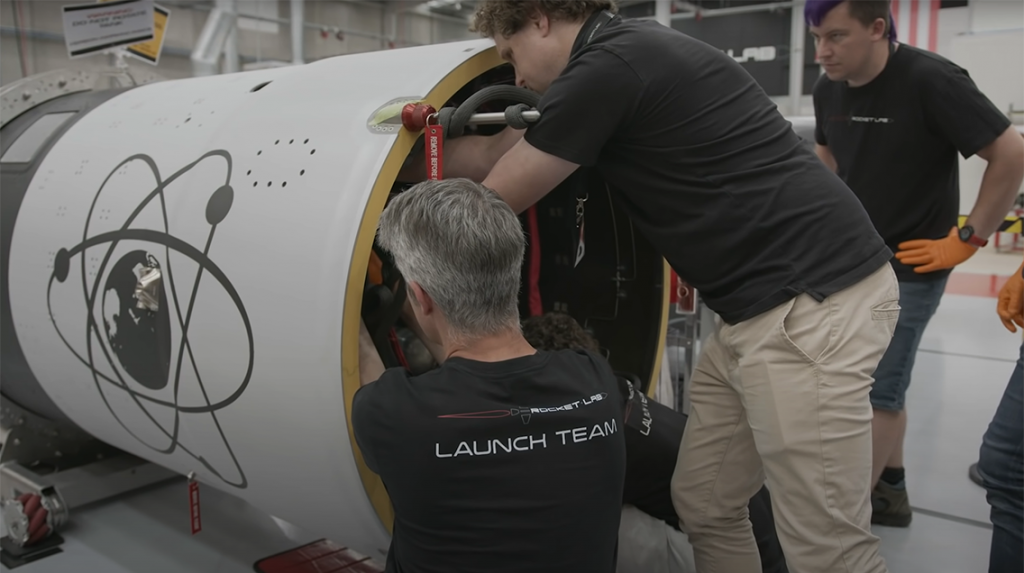
“Bringing a whole first stage back intact is the ultimate goal, but success for this mission is really about gaining more data, particularly on the drogue and parachute deployment system,” said Beck. With the parachute system verified the teams should be able to make any further iterations for a full capture and recovery effort on a future mission relatively quickly.
Rocket Lab will try to fully recover the “Return to Sender” expended first-stage booster once it separates approximately two and a half minutes after liftoff from Launch Complex 1 on the Mahia Penninsula of New Zealand. Electron will support a rideshare payload of thirty smallsats. The window to launch the sixteenth Electron mission opens on November 16 UTC (November 15 PT / ET). A hosted live webcast of the launch and recovery attempt will be provided on the company website approximately fifteen minutes prior to liftoff.
News
Tesla UK sales see 14% year-over-year rebound in June: SMMT data
The SMMT stated that Tesla sales grew 14% year-over-year to 7,719 units in June 2025.

Tesla’s sales in the United Kingdom rose in June, climbing 14% year-over-year to 7,719 units, as per data from the Society of Motor Manufacturers and Traders (SMMT). The spike in the company’s sales coincided with the first deliveries of the updated Model Y last month.
Model Y deliveries support Tesla’s UK recovery
Tesla’s June performance marked one of its strongest months in the UK so far this year, with new Model Y deliveries contributing significantly to the company’s momentum.
While the SMMT listed Tesla with 7,719 deliveries in June, independent data from New AutoMotive suggested that the electric vehicle maker registered 7,891 units during the month instead. However, year-to-date figures for Tesla remain 2% down compared to 2024, as per a report from Reuters.
While Tesla made a strong showing in June, rivals are also growing. Chinese automaker BYD saw UK sales rise nearly fourfold to 2,498 units, while Ford posted the highest EV growth among major automakers, with a more than fourfold increase in the first half of 2025.
Overall, the UK’s battery electric vehicle (BEV) demand surged 39% to to 47,354 units last month, helping push total new car sales in the UK to 191,316 units, up 6.7% from the same period in 2024.
EV adoption accelerates, but concerns linger
June marked the best month for UK car sales since 2019, though the SMMT cautioned that growth in the electric vehicle sector remains heavily dependent on discounting and support programs. Still, one in four new vehicle buyers in June chose a battery electric vehicle.
SMMT Chief Executive Mike Hawes noted that despite strong BEV demand, sales levels are still below regulatory targets. “Further growth in sales, and the sector will rely on increased and improved charging facilities to boost mainstream electric vehicle adoption,” Hawes stated.
Also taking effect this week was a new US-UK trade deal, which lowers tariffs on UK car exports to the United States from 27.5% to 10%. The agreement could benefit UK-based EV producers aiming to expand across the country.
News
Tesla Model 3 ranks as the safest new car in Europe for 2025, per Euro NCAP tests
Despite being on the market longer than many of its rivals, the Tesla Model 3 continues to set the bar for vehicle safety.

The Tesla Model 3 has been named the safest new car on sale in 2025, according to the latest results from the Euro NCAP. Among 20 newly tested vehicles, the Model 3 emerged at the top of the list, scoring an impressive 359 out of 400 possible points across all major safety categories.
Tesla Model 3’s safety systems
Despite being on the market longer than many of its rivals, the Tesla Model 3 continues to set the bar for vehicle safety. Under Euro NCAP’s stricter 2025 testing protocols, the electric sedan earned 90% for adult occupant protection, 93% for child occupant protection, 89% for pedestrian protection, and 87% for its Safety Assist systems.
The updated Model 3 received particular praise for its advanced driver assistance features, including Tesla’s autonomous emergency braking (AEB) system, which performed well across various test scenarios. Its Intelligent Speed Assistance and child presence detection system were cited as noteworthy features as well, as per a WhatCar report.
Other notable safety features include the Model 3’s pedestrian-friendly pop-up hood and robust crash protection for both front and side collisions. Euro NCAP also highlighted the Model 3’s ability to detect vulnerable road users during complex maneuvers, such as turning across oncoming traffic.
Euro NCAP’s Autopilot caution
While the Model 3’s safety scores were impressive across the board, Euro NCAP did raise concerns about driver expectations of Tesla’s Autopilot system. The organization warned that some owners may overestimate the system’s capabilities, potentially leading to misuse or inattention behind the wheel. Even so, the Model 3 remained the highest-scoring vehicle tested under Euro NCAP’s updated criteria this year.
The Euro NCAP’s concerns are also quite interesting because Tesla’s Full Self-Driving (FSD) Supervised, which is arguably the company’s most robust safety suite, is not allowed for public rollout in Europe yet. FSD Supervised would allow the Model 3 to navigate inner city streets with only minimal human supervision.
Other top scorers included the Volkswagen ID.7, Polestar 3, and Geely EX5, but none matched the Model 3’s total score or consistency across categories. A total of 14 out of 20 newly tested cars earned five stars, while several models, including the Kia EV3, MG ZS, and Renault 5, fell short of the top rating.
Elon Musk
Why Tesla’s Q3 could be one of its biggest quarters in history
Tesla could stand to benefit from the removal of the $7,500 EV tax credit at the end of Q3.

Tesla has gotten off to a slow start in 2025, as the first half of the year has not been one to remember from a delivery perspective.
However, Q3 could end up being one of the best the company has had in history, with the United States potentially being a major contributor to what might reverse a slow start to the year.
Earlier today, the United States’ House of Representatives officially passed President Trump’s “Big Beautiful Bill,” after it made its way through the Senate earlier this week. The bill will head to President Trump, as he looks to sign it before his July 4 deadline.
The Bill will effectively bring closure to the $7,500 EV tax credit, which will end on September 30, 2025. This means, over the next three months in the United States, those who are looking to buy an EV will have their last chance to take advantage of the credit. EVs will then be, for most people, $7,500 more expensive, in essence.
The tax credit is available to any single filer who makes under $150,000 per year, $225,000 a year to a head of household, and $300,000 to couples filing jointly.
Ending the tax credit was expected with the Trump administration, as his policies have leaned significantly toward reliance on fossil fuels, ending what he calls an “EV mandate.” He has used this phrase several times in disagreements with Tesla CEO Elon Musk.
Nevertheless, those who have been on the fence about buying a Tesla, or any EV, for that matter, will have some decisions to make in the next three months. While all companies will stand to benefit from this time crunch, Tesla could be the true winner because of its sheer volume.
If things are done correctly, meaning if Tesla can also offer incentives like 0% APR, special pricing on leasing or financing, or other advantages (like free Red, White, and Blue for a short period of time in celebration of Independence Day), it could see some real volume in sales this quarter.
You can now buy a Tesla in Red, White, and Blue for free until July 14 https://t.co/iAwhaRFOH0
— TESLARATI (@Teslarati) July 3, 2025
Tesla is just a shade under 721,000 deliveries for the year, so it’s on pace for roughly 1.4 million for 2025. This would be a decrease from the 1.8 million cars it delivered in each of the last two years. Traditionally, the second half of the year has produced Tesla’s strongest quarters. Its top three quarters in terms of deliveries are Q4 2024 with 495,570 vehicles, Q4 2023 with 484,507 vehicles, and Q3 2024 with 462,890 vehicles.
-

 Elon Musk5 days ago
Elon Musk5 days agoTesla investors will be shocked by Jim Cramer’s latest assessment
-

 News1 week ago
News1 week agoTesla Robotaxi’s biggest challenge seems to be this one thing
-

 Elon Musk2 weeks ago
Elon Musk2 weeks agoFirst Look at Tesla’s Robotaxi App: features, design, and more
-

 News2 weeks ago
News2 weeks agoSpaceX and Elon Musk share insights on Starship Ship 36’s RUD
-

 News2 weeks ago
News2 weeks agoWatch Tesla’s first driverless public Robotaxi rides in Texas
-

 News1 week ago
News1 week agoWatch the first true Tesla Robotaxi intervention by safety monitor
-

 News2 weeks ago
News2 weeks agoTesla has started rolling out initial round of Robotaxi invites
-

 Elon Musk2 weeks ago
Elon Musk2 weeks agoTesla to launch in India in July with vehicles already arriving: report


















